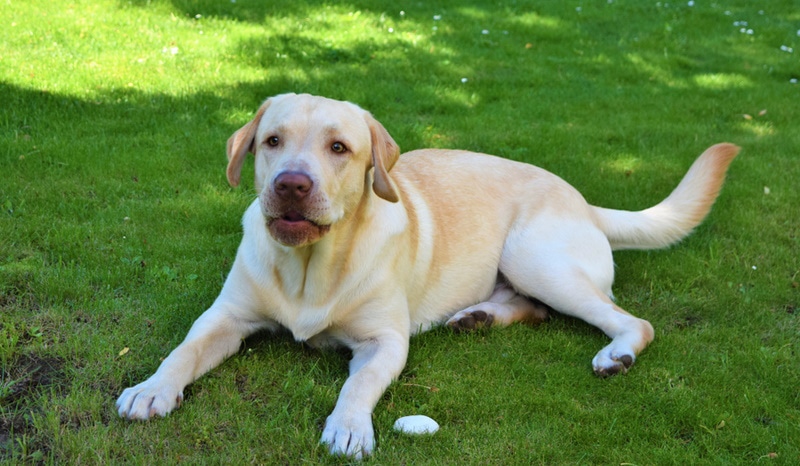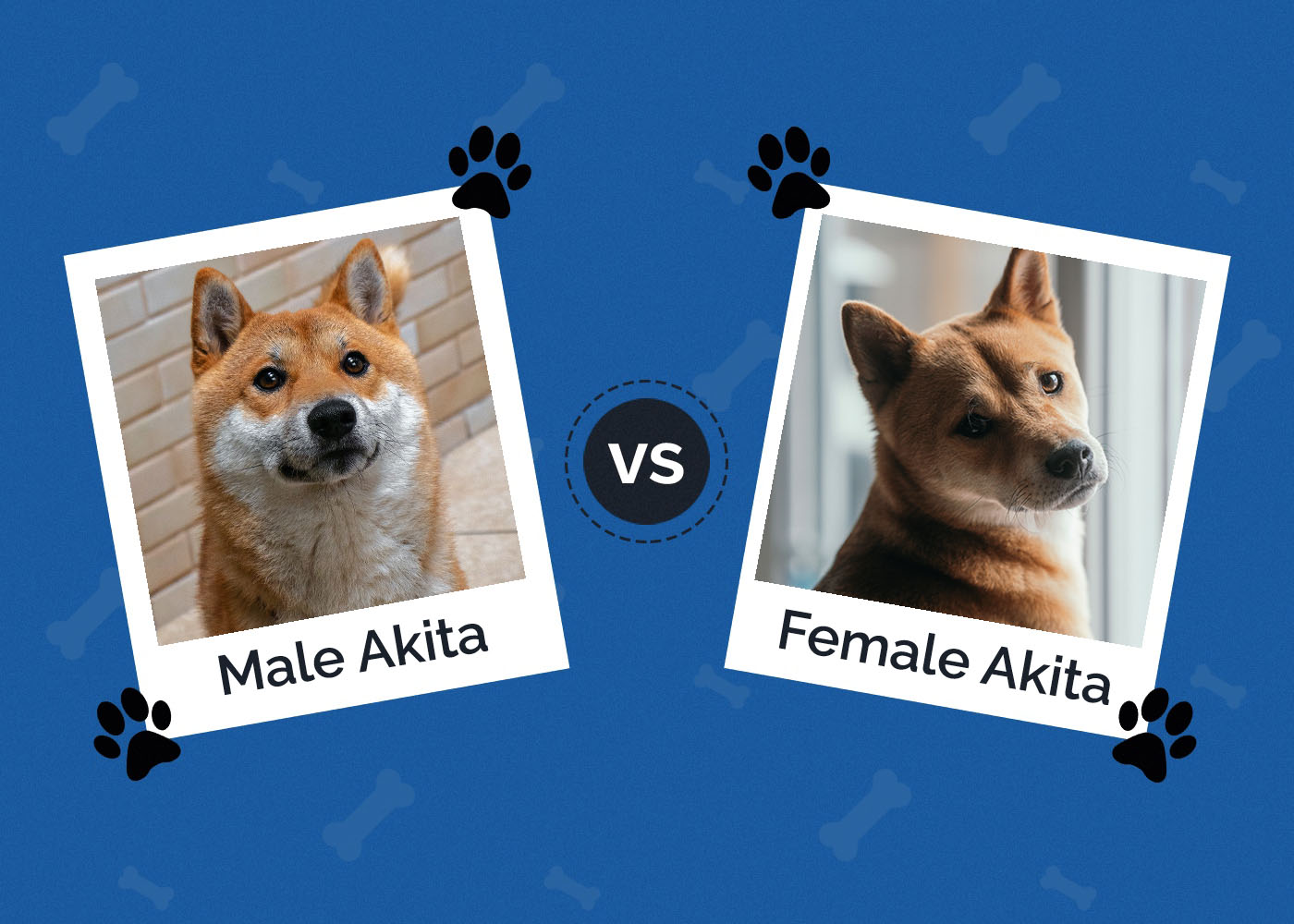Yellow Labrador: Facts, Origin & History (with Pictures)

Updated on

Click to Skip Ahead
The yellow Labrador is a medium to large dog known for being good-tempered, intelligent, and an excellent companion. They were initially bred for hunting but now make fantastic therapy and service dogs. They are regularly used in water rescue, explosive and drug-detecting, and search and rescue. Yellow labs are versatile, reliable dogs, which is probably part of why they’re so beloved worldwide.
| Height: | 21.5–24.5 inches |
| Weight: | 55–80 pounds |
| Lifespan: | 10–12 years |
| Colors: | Yellow, black, brown, white, red, silver |
| Suitable for: | Active families, families with kids and other pets, single owners |
| Temperament: | Loyal, energetic, intelligent, affectionate, calm |
Labrador Retrievers come in various colors, and yellow is among the most popular. They are friendly, outgoing dogs that bond with the whole family. They’re friendly and easygoing, but don’t think that means they’re low-energy pups. These enthusiastic athletes will need a lot of exercise to keep them happy and healthy. So, let’s look at everything we know about these beautiful dogs, from their origin to the families they are best suited to.
Yellow Labrador Breed Characteristics
The Earliest Records of Yellow Labradors in History
The earliest ancestors of the yellow Labrador can be traced back to Newfoundland. They were known as the St. John’s water dogs and were commonly found on fishing boats. They were friendly, hardworking, and excellent swimmers, but their numbers were dwindling.
So, it was good timing when British nobles visiting Newfoundland brought some of the Labs back to England in the early 1800s. There, they served as gun dogs and retrieved waterfowl during hunts. The breed was refined in England, resulting in the Labrador we know and love today.

How Yellow Labradors Gained Popularity
After British breeders standardized the breed in the latter part of the 19th century, American sportsmen adopted yellow Labradors from England. They became legendary duck retrievers, and their popularity has only grown. In the 1990s, the Lab became the most popular breed in the United States.
The Lab’s role has widened to include different jobs, such as therapy dogs, but they haven’t changed much. They are still hardworking and excel in any task they are given. They are still used in hunting, fishing, and service work.
Formal Recognition of Yellow Labradors
In the United Kingdom, the Kennel Club recognized the Labrador Retriever in 1903, while they were recognized in 1917 by the American Kennel Club (AKC). Following this, the Labrador Retriever Club, Inc. was established in 1931 to preserve the Lab’s integrity and celebrate them, and they’re the only club recognized as a parent club of the Labrador Retriever by the AKC.
After that, the National Labrador Retriever Club was established in 1996 to observe and protect Labradors. You can find informative articles about Labs and lists of reputable breeders in the U.S. on its website.

Top 3 Unique Facts About Yellow Labradors
1. Their Bodies Are Made to Swim
Labs have a two-layer coat that protects them from the wet and cold. They have webbed toes, which is part of what makes them such fantastic swimmers. This webbing also acts like a snowshoe in colder climates, stopping the snow from collecting between their toes.
Their tails act like rudders as they’re thick and resemble an otter’s tail. It helps them quickly maneuver through the water and even make sharp turns. You’ll notice when your yellow Lab is excited, their tails sway with their whole bodies.
2. They Have Their Own Day
January 8th is National Labrador Day, and while there isn’t an official celebration, it doesn’t stop you from celebrating in your own way. There are plenty of groups and clubs that you’ll find locally and online that will join you in observing the special day. Plus, it’s just an excuse to do something special for your favorite yellow Lab.
3. Their Temperaments Make Them Ideal for Service Work
Labradors are easy to train, intelligent, gentle, and eager to please, so they’re commonly used to assist humans in therapy, search and rescue, and tracking work. These qualities also make them wonderful companion dogs, which is probably why they’re among the most popular breeds in the United Kingdom and the States.

Do Yellow Labradors Make Good Pets?
The yellow Labrador makes a fantastic family dog. They are friendly, gentle, loving, and loyal. Their kind, patient temperaments make them the perfect companion for kids and families with other pets. Early socialization and training are essential, as with any breed.
Labs love to play and are easygoing as long as they get enough exercise. If you fail to meet their exercise needs, your Lab could become destructive. It will not only affect their physical health, leading to problems such as weight gain, but it will also affect their mental health. As an intelligent breed, yellow Labradors must be stimulated, so keep exercise varied and invest in puzzles and chew toys.
Conclusion
Yellow Labradors are excellent companions for families. They are energetic and intelligent, so training and socialization are essential. But with their easygoing nature and eagerness to please, it is easier than with other breeds.
They do best with active families who can meet their high exercise requirements. Failure to do so can result in your dog putting on weight and developing undesirable behaviors, such as chewing up your favorite pair of shoes. These beautiful, fun-loving dogs are loyal and affectionate to any family lucky enough to have one.
Featured Image Credit: Jan Vendlek, Shutterstock












